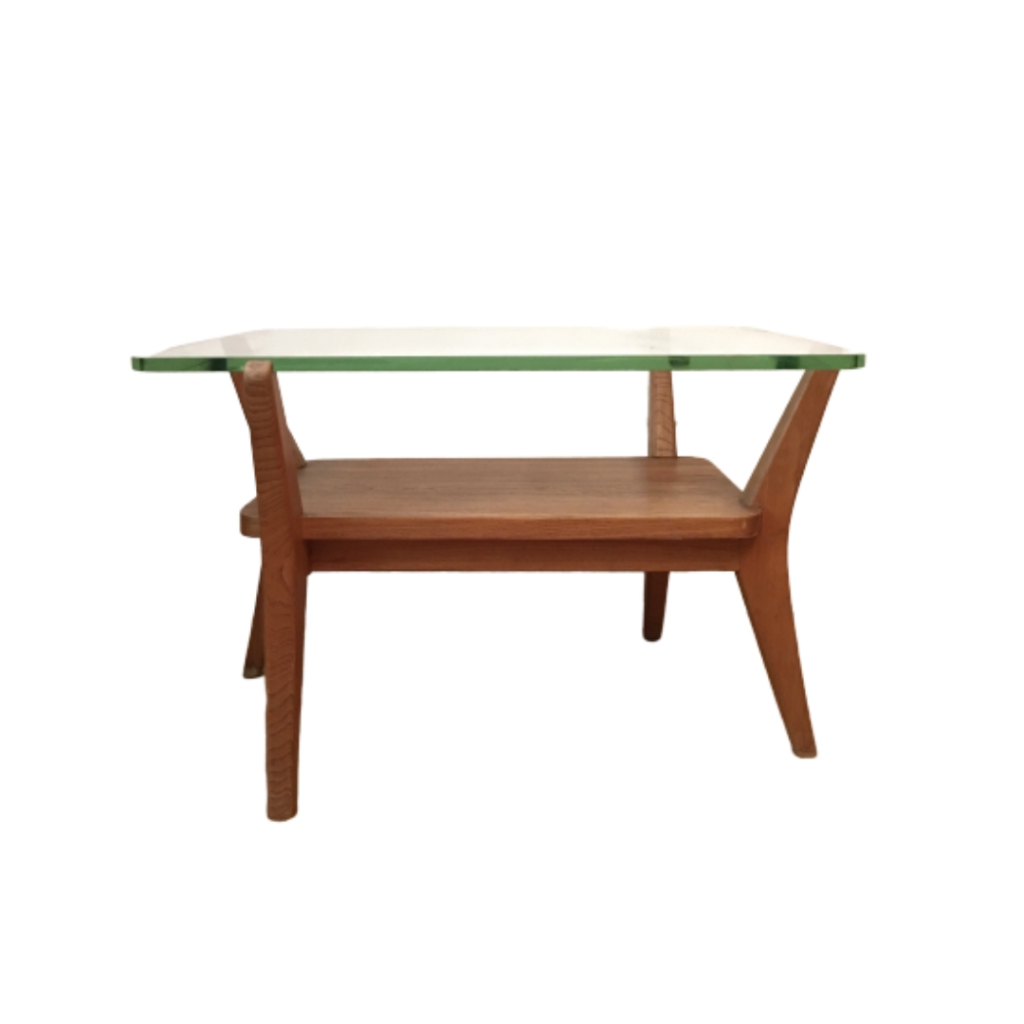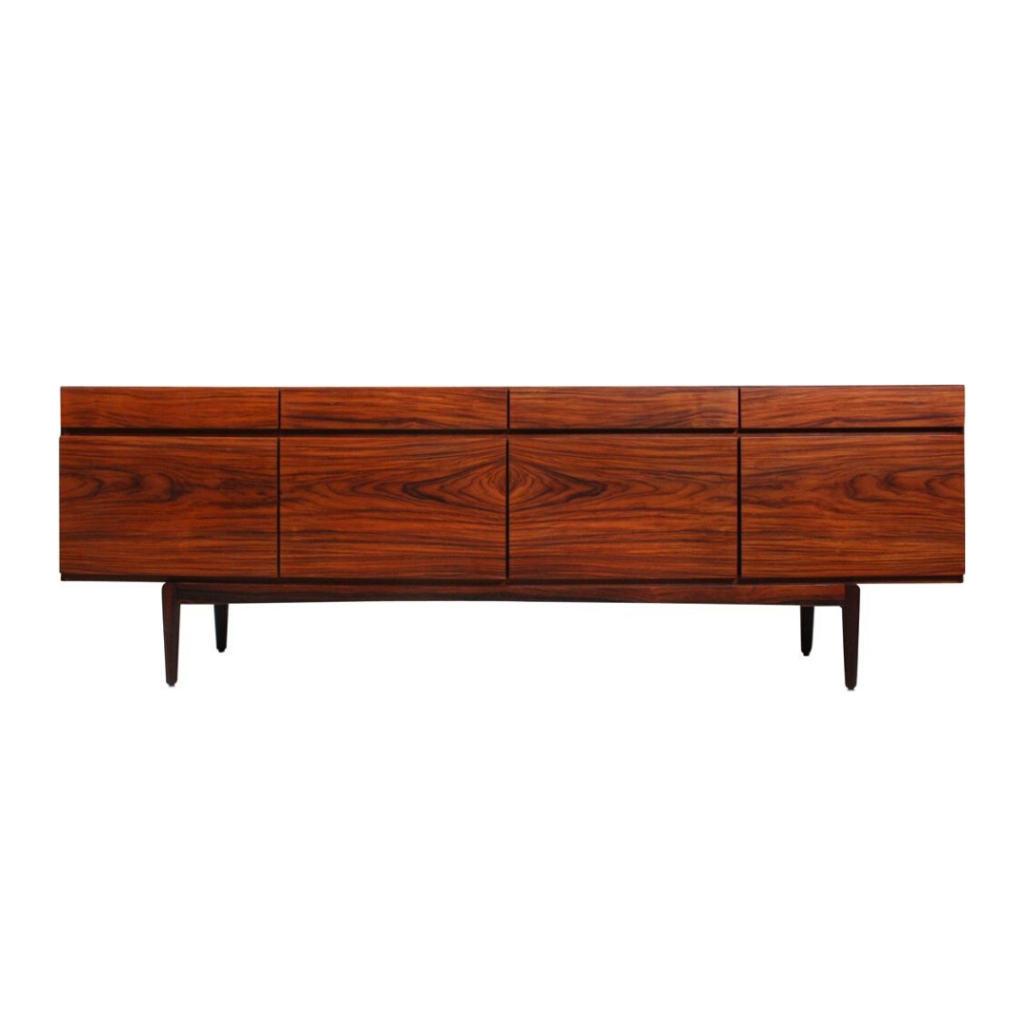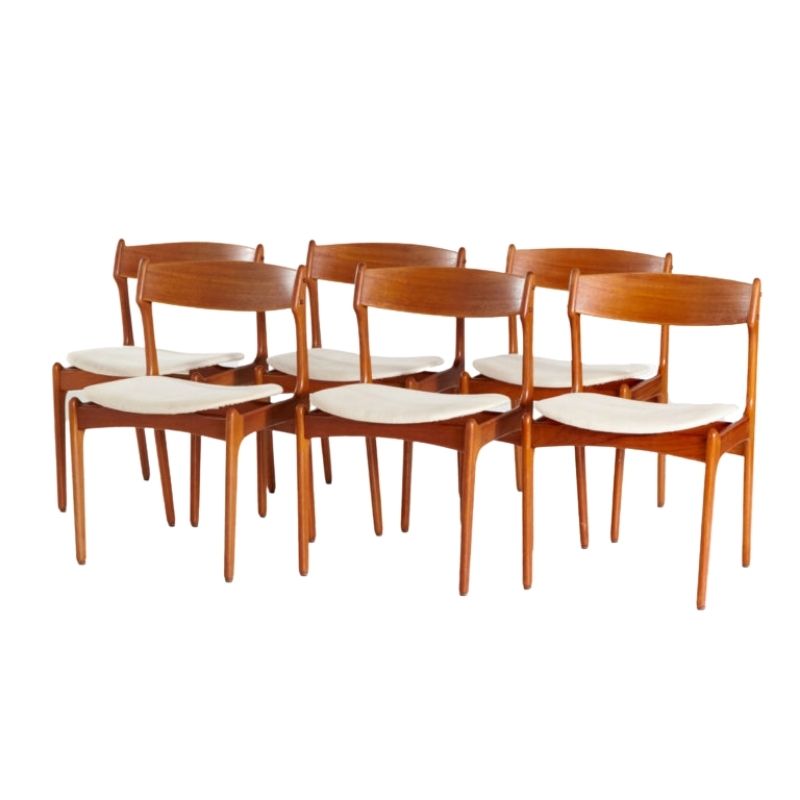A friend of mine has a medium-sized Nelson saucer lamp in perfect condition aside from the fact that it's been painted (first a coat of white, then straight black) because the previous and original owners were unhappy with the "hideous" patina it gained over time. Luckily though the interior has been left untouched. Is there any way to remove the paint from the exterior? Paint stripper sounds scary but I know people have gone at these things with bleach before. Thanks in advance!
I've never removed paint from a Nelson Bubble lamp but I've stripped paint, using a variety of solvents, from a ton of other things over the years and have also wrecked a few plastic items by using the wrong solvent on them.
These lamps are some kind of plastic, according to the manufacturer. I don't know what type of plastic specifically but that might not even matter. Methylene chloride stripper will remove the paint easily but it melts certain kinds of plastic, nylon, and maybe some other synthetic materials. I would avoid using it on plastic.
Acetone (nail polish remover is mostly acetone) and lacquer thinner will also melt certain plastics.
Paint thinner might be ok on plastic but I don't think it has any affect on latex paint or on cured oil-base paint.
Bleach is for lightening pigments, not removing paint.
Hot water will soften and expand dried latex film but it seems to be less effective--possibly totally ineffective-- when the pain is old and cured to a harder film. It may be worth a try. I've been able to peel latex foam off of various materials by soaking in hot water for awhile--it turns into a rubbery film that peels cleanly off. But this may not be enough if the paint is old! Still, it's probably the safest way to go to start. I don't think hot water will hurt the lamp at all, but again, I don't own one so I am not positive about this.
The one thing I have had the most luck with is denatured alcohol. It will dissolve dried latex paint. From what I've read, it is safe to use on plastic, but you may want to do more research on this, including testing it yourself on various plastics. If it does end up being the way to go, I'd recommend stripping a small area at a time by laying half a sheet of cheap paper towel on the surface and wetting it with alcohol. Rewet as needed (it evaporates very fast) until the paint can be wiped off. Put the alcohol into a squirt bottle so you can apply it where you want it, otherwise you'll waste a lot of it.
AGAIN---this advice is based on general knowledge gained from experience removing dried latex paint from things OTHER THAN THE NELSON LAMP, so proceed with extreme caution. And do a lot of other research.
Hi.
I'm usually wrong...but,
I'd follow any advice offered by Spanky. If it were mine,( because of the fragile nature of the beast)...I'd consider repainting over the nasty black paint with primer and follow up the proper shade of white paint...and live with it. Then I'd karate chop the folks who painted it to begin with. Methinks that stripping off the layers of paint would result in a mess. Now keep in mind that I'm usually wrong.
Good luck,
Aunt Mark
ps post a picture.
Well, I'm often wrong too, Mark---which is why I loaded my post with caveats! Haha...good ol' caveats.
The trick with stripping is to use enough solvent to get all the finish off and then use whatever else is needed to remove the residue from the stripper. A lot of people get discouraged and quit too soon because it's such a tedious, messy, unpleasant job.
Again---I have NOT stripped paint or any other finish off a Nelson bubble before. I would try it if I had one that needed it, though. For whatever that's worth.
Adding another coat of paint would block even more light from coming through the shade, but if you just want to hang it as a sculptural object then I guess that's something to consider. Big thumbs up on the karate chop either way.
If the original white paint didn't seal off the plastic completely from the layer of black paint, you might have some staining of the plastic from the black pigment. It might bleach out, it might not. And bleach may cause yellowing of the plastic. There are minefields everywhere. Proceed with caution.
Thanks for your input, Spanky and Mark. I applied some Citristrip to it today (chosen due to its more non-toxic reputation and past experience stripping the paint off of an Eames shell), scraping off the black paint with a plastic spoon. The black paint came off well on the part I experimented with, but the white paint held on for the most part. In one small section, it seemed as if the stripper ate through the paint and some of the actual material rubbed off. I'm probably going to remove the rest of the black layer (which fortunately is not touching the lamp's material due to the white paint being underneath) with more Citristrip and then leave it in a bath to soak to see if the white layer will peel off. My only worry after that is the possibility that the metal skeleton will rust. I attached two photos of the lamp with a small section of black paint removed (this was how I received it from my collector friend), and another photo showing the difference between the white layer and the original finish. Thanks again!

Actually, that picture is from before I applied the Citristrip. It was like that when I acquired it from my collector friend. I just took some pictures today of the results of using the stripper (which are not too great). I'll give rubbing alcohol and possibly kerosene/turpentine a try. After that, it's to the bath tub with it!


Speaking of bathtubs….
I have one of these vintage bubble lamps that is perfect in every way except that it is old and has a reddish brown rust colored mold-like "rash" of discoloration all over it.
Among other things I have done to it, I have completely submerged it in a bathtub full of warm bleach-water and let it soak for hours, and the red moldy-looking stuff subsides, but then with time keeps coming back.
I have had this one for 15 years, and have tried just about everything to get the red out.
Quite mysterious really…
Sorry to go off topic, but thought I would ask. One thing I can add is that these lamps are TOUGH. I have put this one through a million processes. It will stretch, deform, seem ruined, but it always seems to come back to it's original shape. I am betting you can't hurt it. Much.
Perhaps I will have to try paint stripper on it.
If you need any help, please contact us at – info@designaddict.com









